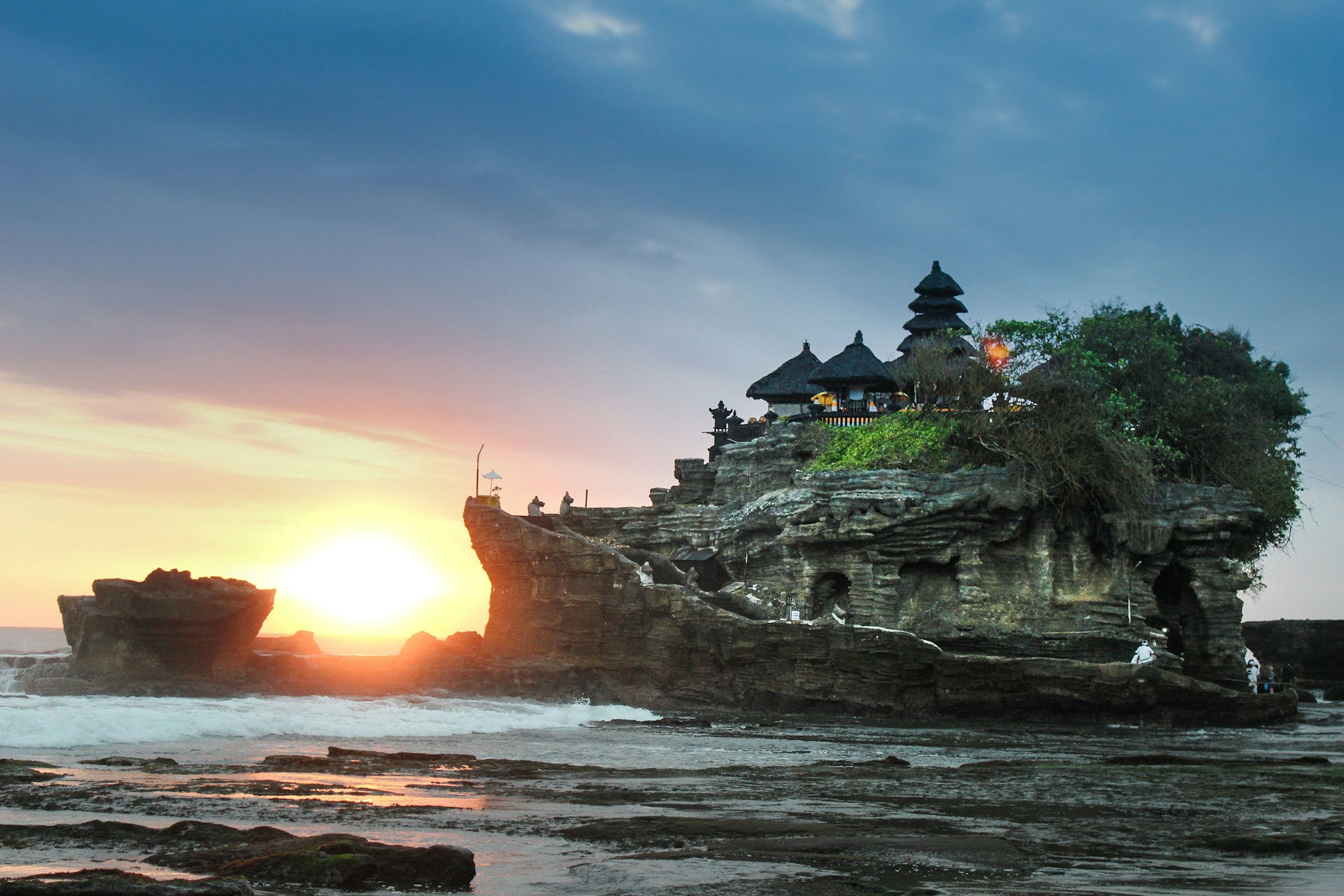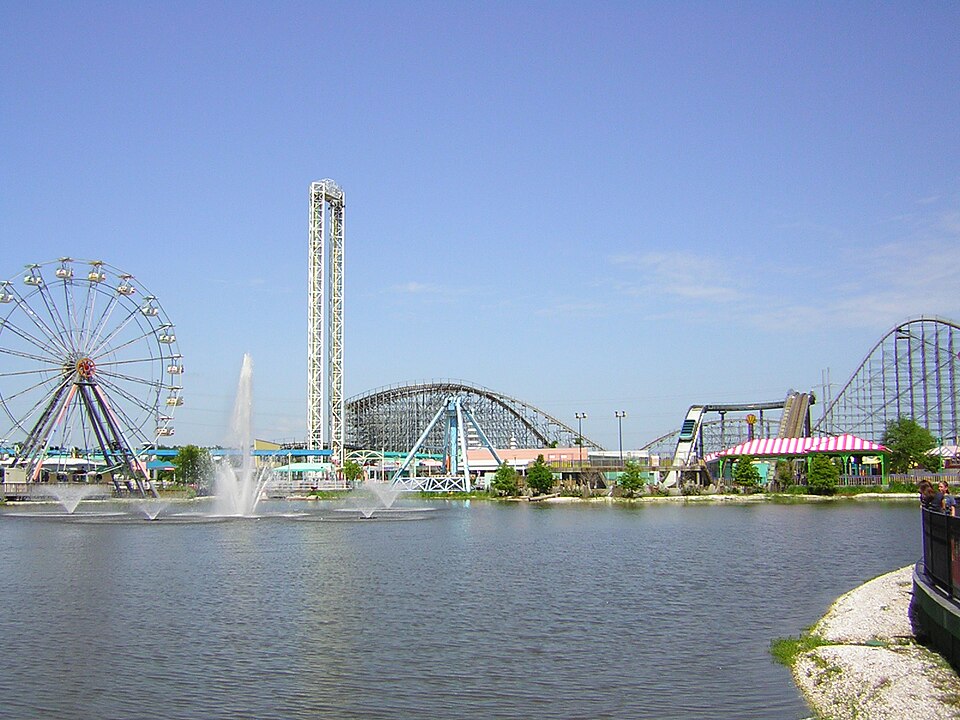Tourism brings money and pride, but it also crowds small streets, inflates rents, and strains water and transit. Many beloved places are resetting expectations to protect daily life. The focus is balance. Leaders are adding fees, time slots, and behavior rules so culture is not treated like a backdrop. Locals ask for quieter nights, cleaner walkways, and housing they can afford. The signal is clear. Visits are welcome when respect, numbers, and timing feel fair to the people who live there.
Venice, Italy
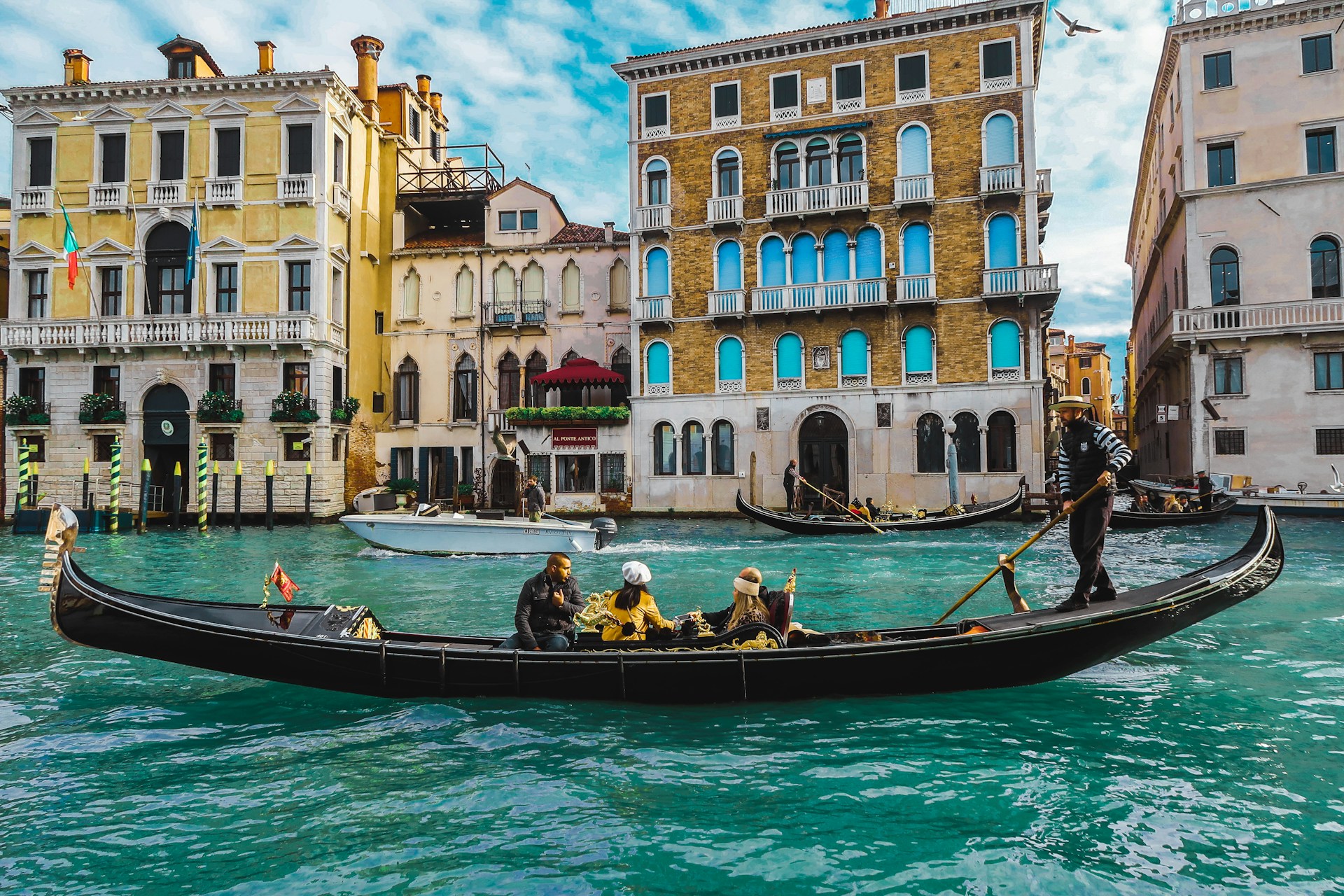
Centuries of marvels meet a modern reality in Venice. Day trippers arrive in waves that overwhelm bins, bridges, and vaporetto stops. City officials now test targeted entry fees and narrower windows for large groups, while locals push for limits on short lets that hollow out apartment blocks. The goal is not to gate a museum city. It is to preserve markets, schools, and the quiet hour when lagoon light turns palazzi gold and residents can hear their own footsteps.
Barcelona, Spain
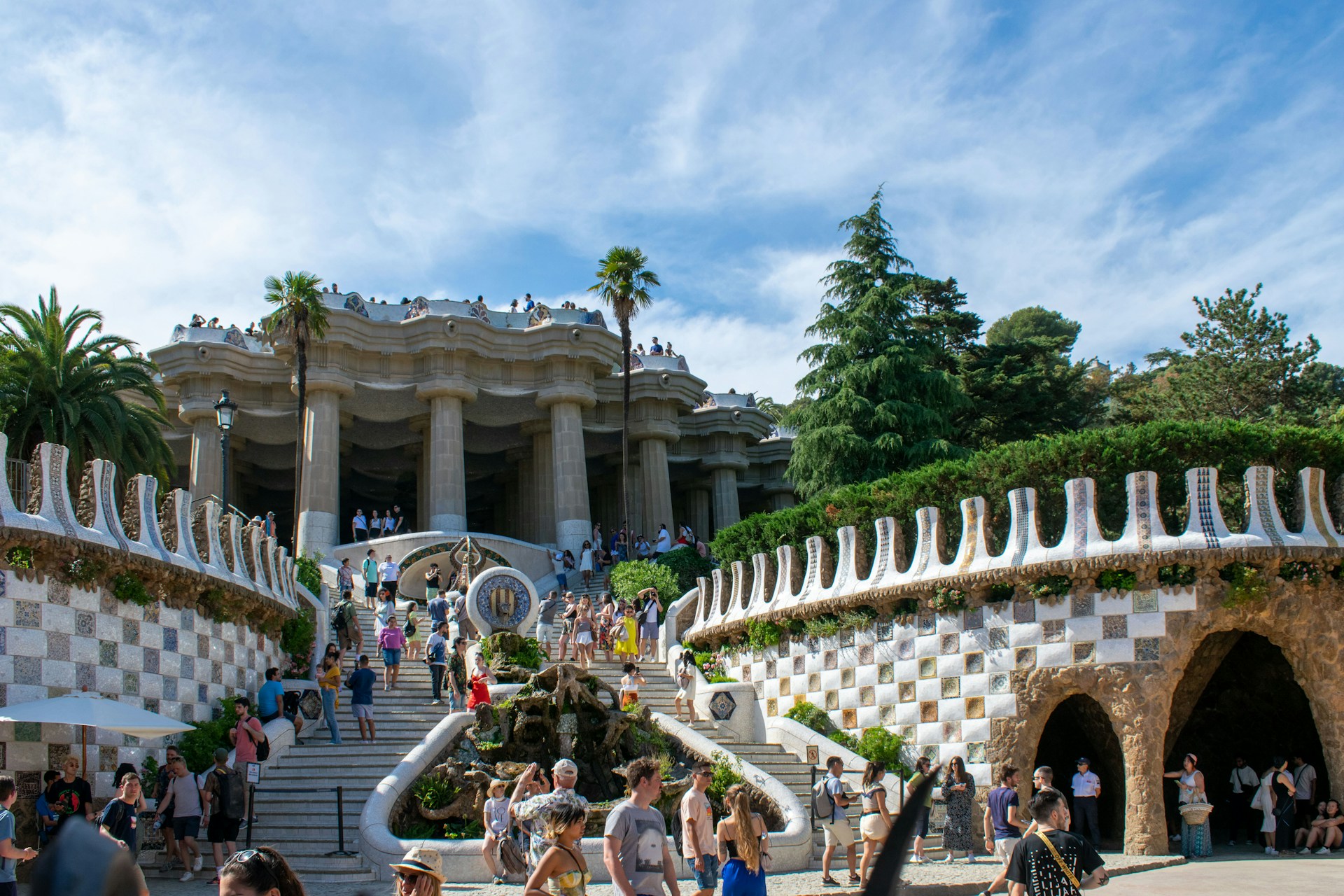
Barcelona’s creative energy has a cost measured in noise, rising rents, and overrun plazas. Neighborhood groups lobbied for curbs on party flats and tighter rules for guided tours in older quarters. The city is phasing out tourist apartment licenses to cool a distorted housing market. Restaurants and galleries still thrive, but the aim is steadier rhythms and longer stays that support local life. Culture deserves a stage that locals can afford to stand on, not only to watch.
Amsterdam, Netherlands
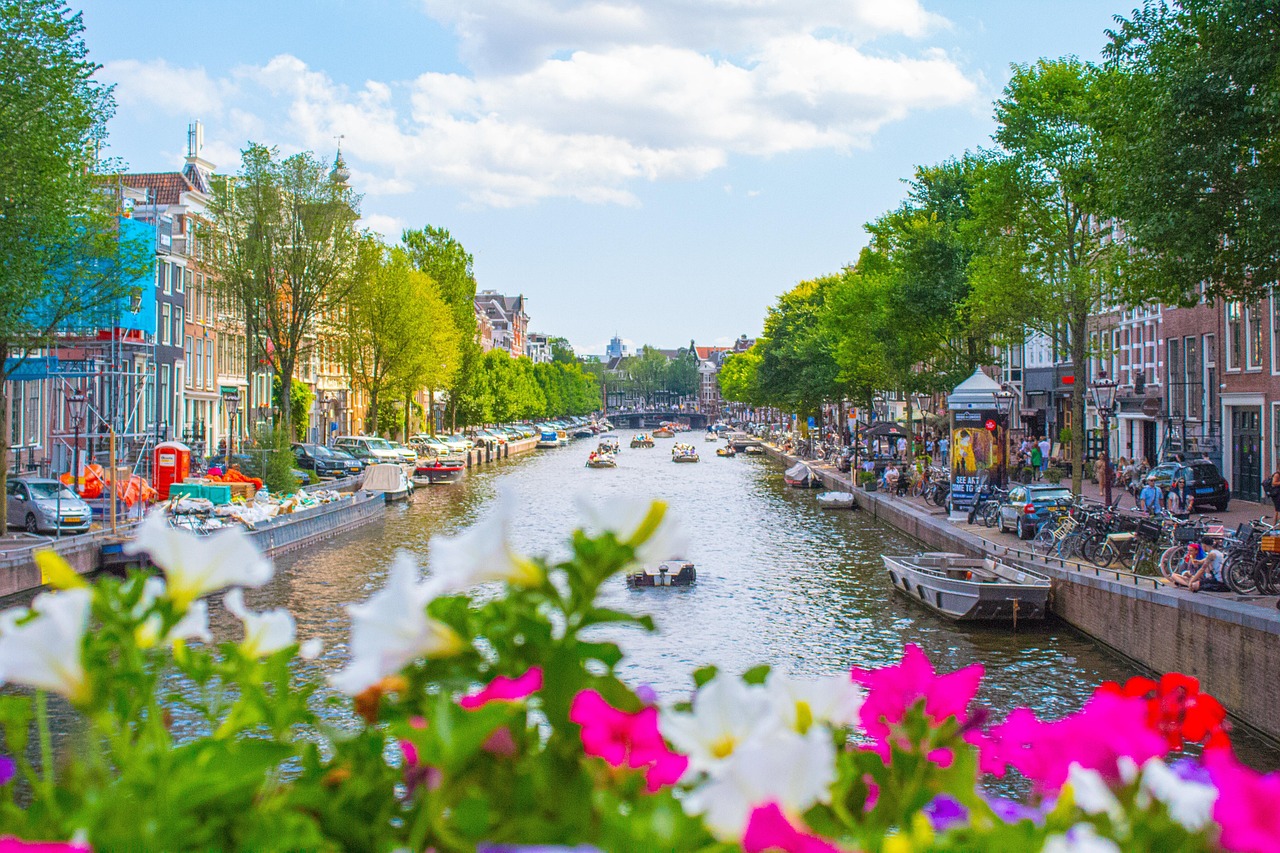
Amsterdam is swapping rowdy weekends for a more thoughtful pace. Campaigns discourage nuisance travel and new limits seek fewer loud groups in tight alleys at night. Cruise calls have been redirected and alcohol hours trimmed in areas that bear the brunt. Residents want a capital of arts and canals, not a theme set for pub crawls. The city is asking for smaller footprints and better manners so families and shopkeepers can breathe again along the grachten.
Kyoto, Japan

Kyoto carries living traditions that do not fit selfie culture. In Gion, geiko and maiko move between tea houses on narrow lanes that are workplaces, not open sets. Signs ask visitors to keep distance and follow local etiquette, and some streets restrict photography where harassment had grown. The message is simple. Hospitality is built on mutual regard. When crowds thin and patience returns, the rhythm of lessons, performances, and quiet shrines can continue without strain.
Mount Fuji Region, Japan
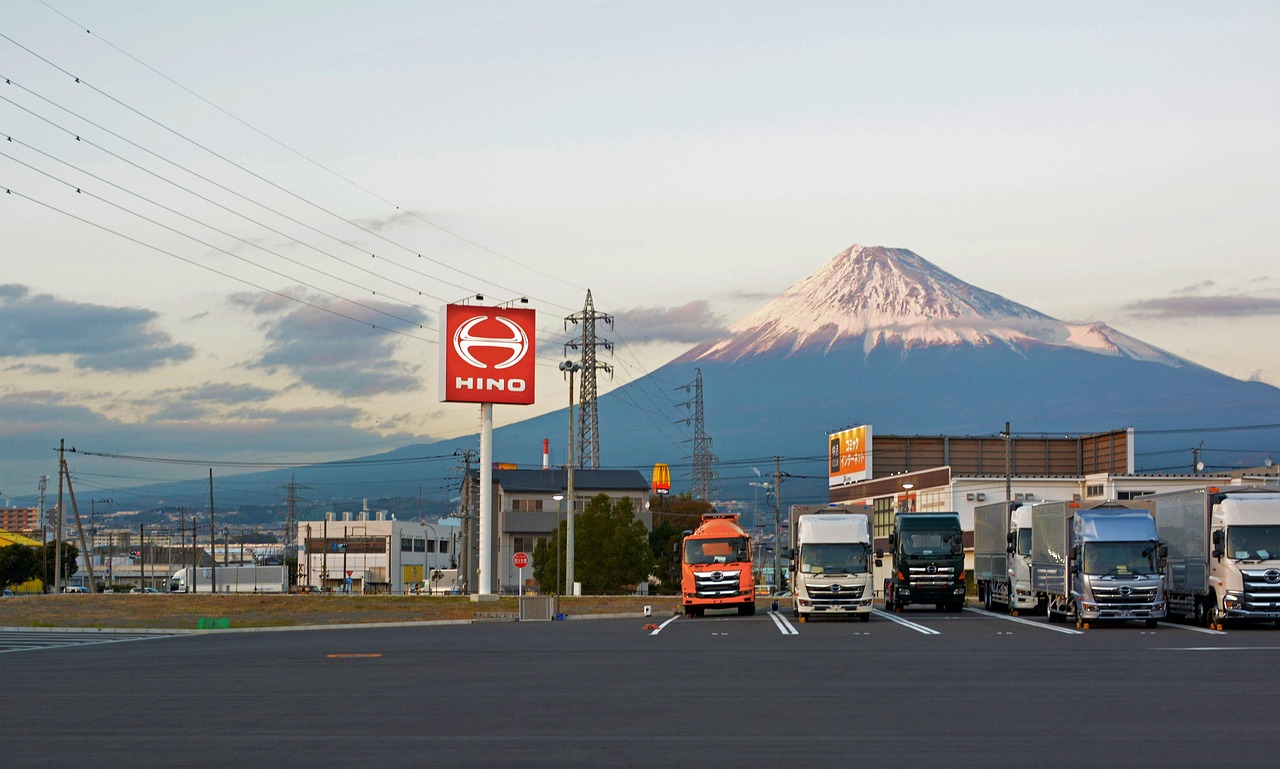
The mountain is iconic, yet the foothill towns feel the crush most. Trails see seasonal surges that leave litter and safety risks, while a few photo spots flood sidewalks and block shop doors. Local authorities now use fees, daily caps, and screens in trouble zones to guide behavior. Residents want hiking to remain accessible and dignified. The landscape sets the pace. Good stewardship means fewer bottlenecks, better trail care, and mornings when the lake is calm again.
Dubrovnik, Croatia
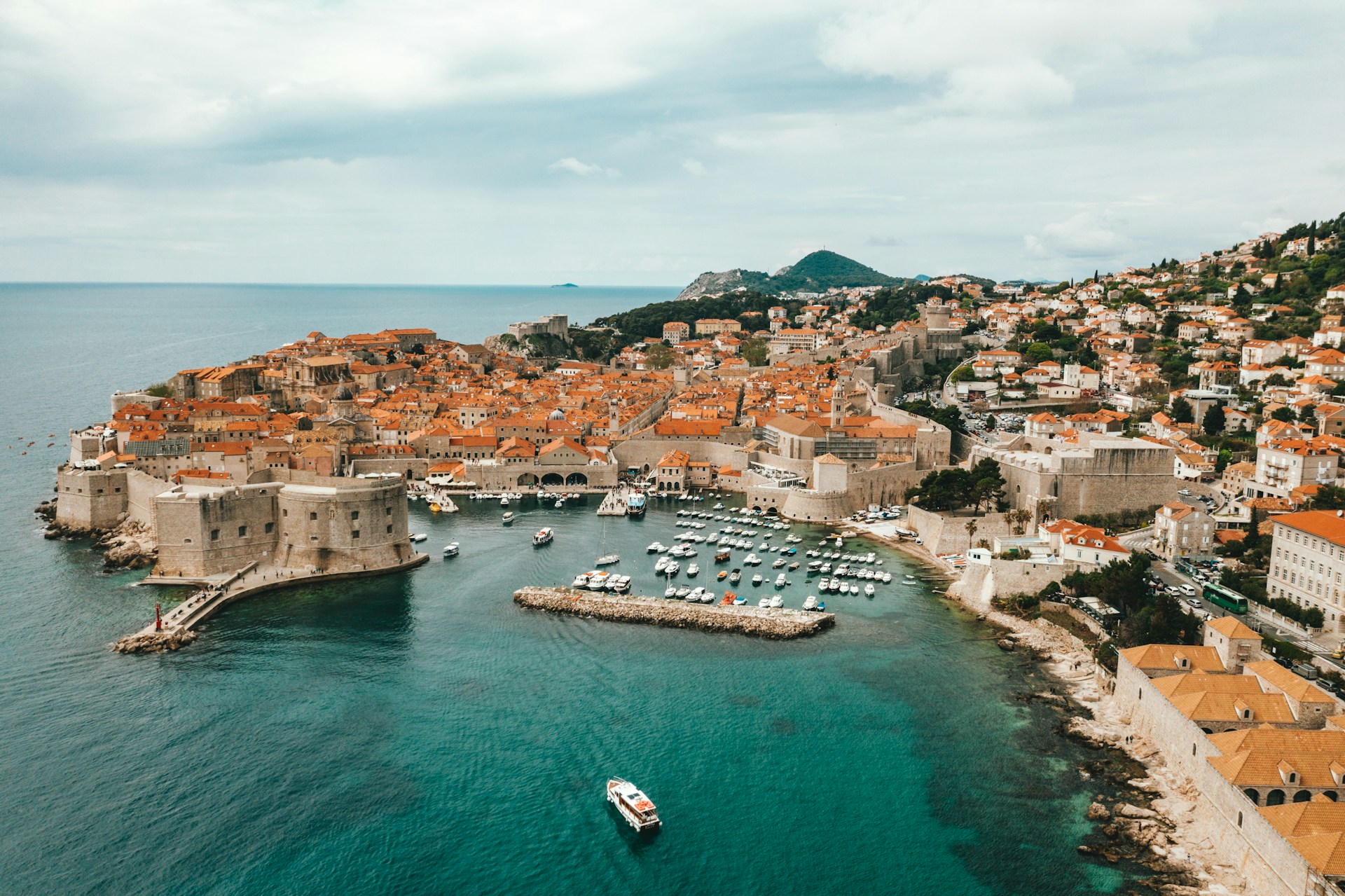
Stone lanes built for footsteps buckle under cruise day crowds. Dubrovnik’s answer has been coordination over spectacle. Fewer ships at one time, tighter bus staging, and clearer routes keep the old town moving for grocers, schoolchildren, and artisans. The city is not closing the gates. It is choosing humane density over gridlock. Visitors still find walls and sea views, but with space to linger. That space is the difference between a snapshot and a memory.
Hallstatt, Austria
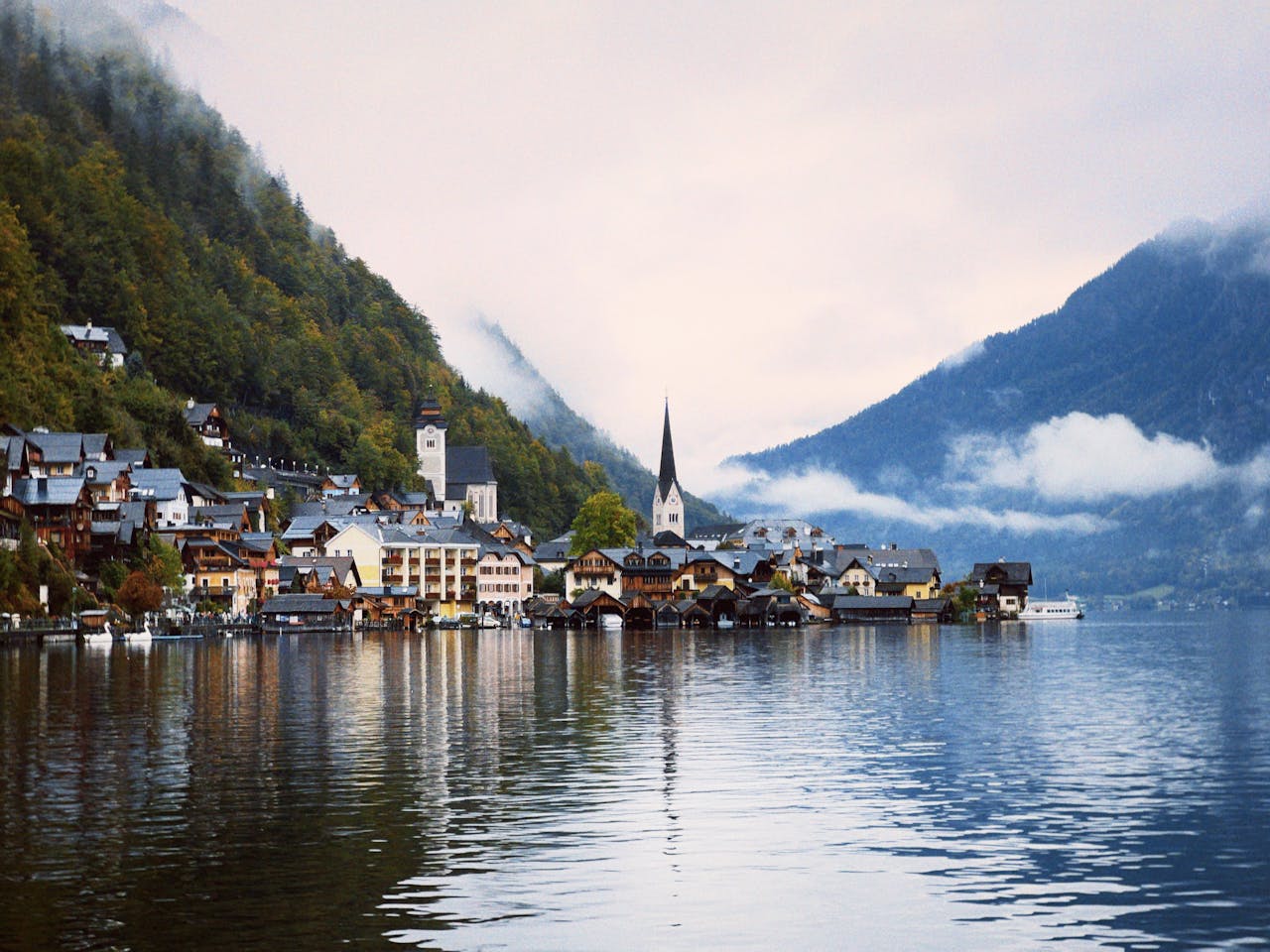
A lakeside village cannot scale like a metropolis. Hallstatt’s narrow streets and small squares were swamped by coaches and drone stops that turned daily errands into detours. Locals pressed for bus caps, better timing, and low key barriers that redirect mass selfie queues. The aim is mornings for bakers and evenings for families, with measured visiting in between. It remains a place to live first. A postcard view does not need a permanent audience.
Canary Islands, Spain
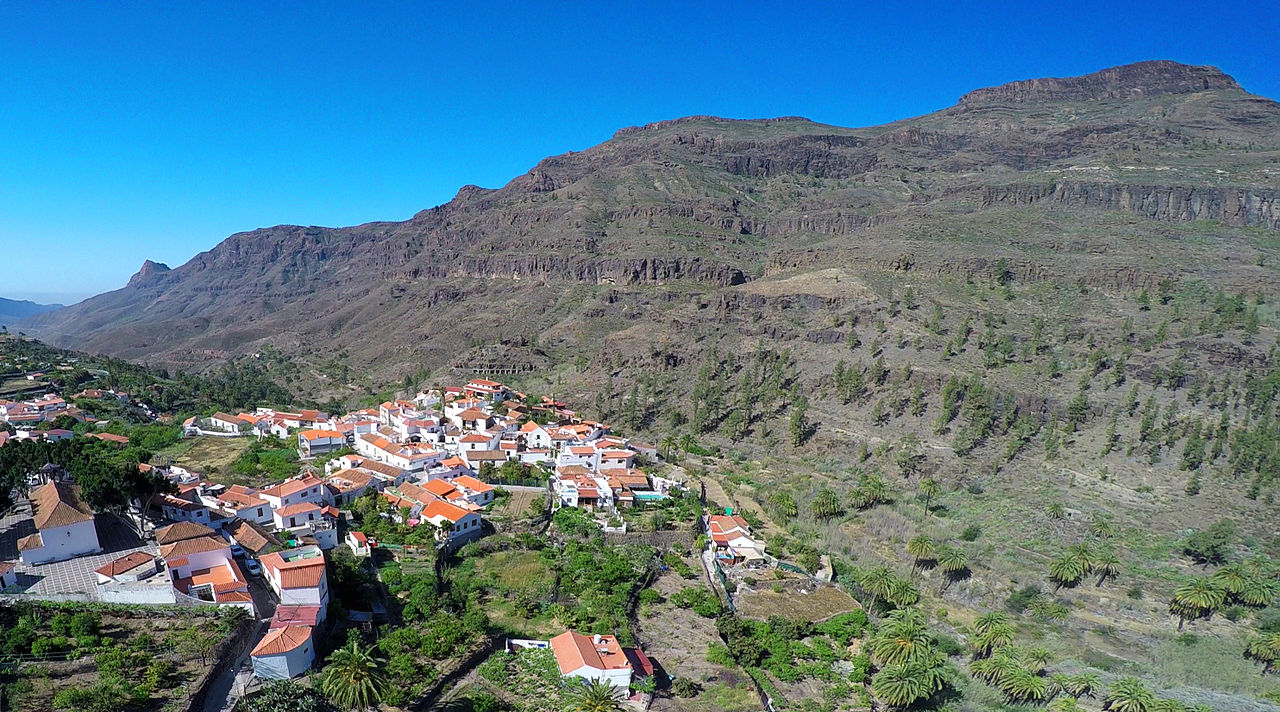
Sun and volcanoes draw millions, yet island life runs on finite water, fragile coasts, and tourism jobs that need housing within reach. Demonstrations called for caps on new builds in sensitive areas, stronger protections for reserves, and policies that keep workers close to work. Officials are reviewing permits and conservation rules. Residents want value over volume and a model that lasts through drought and peak seasons. Paradise must also be practical for those who call it home.
Bali, Indonesia
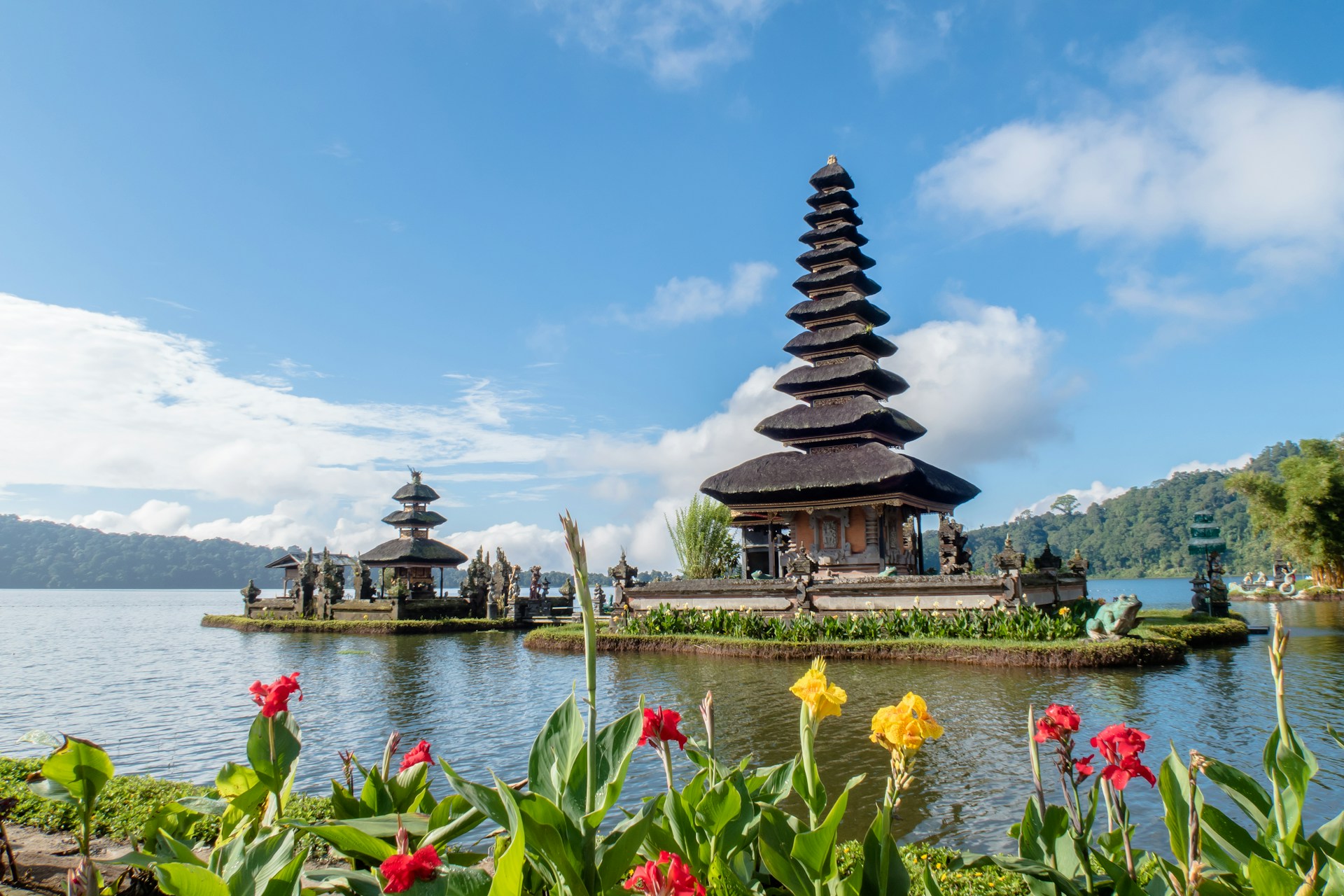
Temples, rice terraces, and villages shaped an identity that predates mass travel. Bali now pairs a modest levy with clear codes of conduct and stricter enforcement against disrespect on sacred sites. Leaders have also set firm rules for behavior on mountains and near ceremonies. The goal is cultural dignity and cleaner beaches, with revenue that supports heritage and waste systems. The welcome still stands. It simply comes with expectations that honor the island’s spirit and people.
